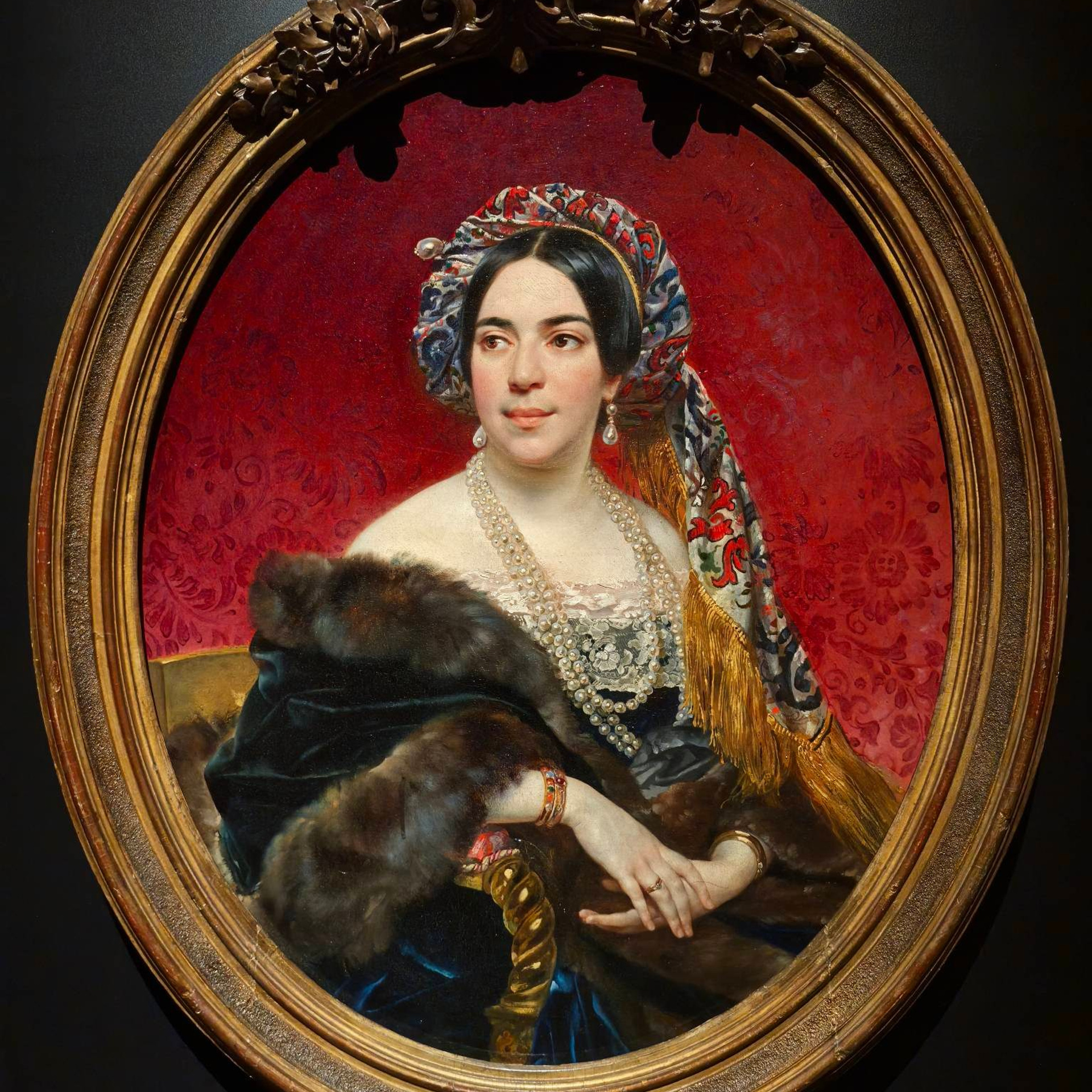In the XVI century, the name of Vyazema was first mentioned in historical documents. During the reign of Ivan the Terrible, this village was the last stop before Moscow on the Bolshaya Smolenskaya Road and was named Nikolskoye-Vyazemy, probably in honor of the wooden church that once existed here. In 1584, Tsar Fyodor Ioannovich granted the village to his relative Boris Godunov.
The new owner immediately began large-scale construction. At the end of the XVI century, a church with five domes and a stone dam by the pond was built here. This majestic temple is known as the Transfiguration Savior. According to the records of the Piskarevsky chronicler, it was consecrated in 1600, which indicates that it was fully ready for this moment: the building was completely completed and painted. The main altar of the temple was dedicated to the Trinity, and the lower temple in the high basement was dedicated to Nicholas the Wonderworker. The south aisle was dedicated to the Annunciation, and the north aisle was dedicated to Michael the Archangel. At the same time, a belfry was erected in the style of Pskov architecture, which was atypical for local traditions.In 1605, after the sudden death of Boris Godunov, the estate of Vyazema passed into the possession of False Dmitry I. On Shrovetide in 1606, the impostor arranged for Vyazemakh is a comic fight. Poles and Germans stormed the snow fortress, and Russian boyars defended themselves using snowballs with sand and stones.
In 1694, Peter I granted Vyazem to Prince Boris Golitsyn, who was the tsar’s mentor from 1682 to 1689. Golitsyn did not consider Vyazemye as his main possession, preferring Dubrovitsy.The name of the great Russian poet Alexander Sergeevich Pushkin is associated with this place. Two kilometers from here was the Hannibal estate — Zakharovo, where the poet spent his childhood. In 1807, the poet’s younger brother Nikolai was buried at the local cemetery, who died at the age of six. Alexander himself and his grandmother, Maria Alekseevna Hannibal, as well as sister Olga went to church in the neighboring Zakharovo estate, where there was no temple of their own. Here, at the manor, at one of the balls, Pushkin first saw Natalia Goncharova, who later became his wife. Before the revolution, the estate was owned by the Golitsyns, but, like other noble nests of that time, it fell into disrepair after the reform and was almost abandoned.
In 1917, the manor house stood in an overgrown garden with boarded-up windows. After the revolution in 1918-1919, museum workers removed many valuable items from the estate, including the library, which contained more than 30 thousand books. In Soviet times, more than ten state institutions were replaced in the estate: a shelter for street children, a sanatorium of the Central Executive Committee, a school of parachutists, a tank school, institutes of horse breeding, printing and phytopathology. In the late 1980s, local historians began work on the creation of a museum. Since 1994, the estates of Vyazema and Zakharovo have become part of the State Historical and Literary Museum-Reserve of A. S. Pushkin. The museum complex includes a palace and two wings of the XVIII century, a stable yard with wings of the XVII century, outbuildings, parks and ponds created in the XVI–XIX centuries. In total, there are more than 20 historical and cultural monuments on the territory of the Vyazema estate.
The road from Moscow will take an hour and a half. One day is enough to visit.
News

Exhibition Kupol Galery

Plein air in Peredelkino

Plein air-master class

Дом с консольными выносами

Усадьба Остафьево

Кириллов

The house in Renaissance Park 1080 sq. m.

Дом в Карелии 2500 квм

Загородный дом 2000 кв. м. Григорианского стиль

Barn House by Redrobotdesign

Боровск город старины

Ростов Великий

Проект храма «Свет Сквозь Века»

Выставка К.Брюллова в Новой Третьяковке














